Climate change poses one of the most significant threats to agriculture today. Rising temperatures, unpredictable rainfall patterns, and an increase in extreme weather events, such as droughts, floods, and storms, disrupt the stability of agricultural systems worldwide. For small farmers, these challenges can mean a severe reduction in crop yields, loss of livestock, and ultimately, compromised food security and livelihoods.
In response to these challenges, Weather Risk Management Services (WRMS) has been working since 2004 to support vulnerable farming communities by developing targeted climate risk management solutions. WRMS initially focused on providing tools to help farmers mitigate climate risks, but the organization soon realized that traditional insurance models fell short when addressing the wide-reaching impacts of climate change. This realization led to the creation of SecuRisk, a parametric insurance platform that brings a data-driven, digital-first approach to climate insurance.
In this interview with TheCSRUniverse, Mr. Anuj Kumbhat, Founder & CEO, WRMS, talks about WRMS’ journey from supporting farmers with climate resilience to developing SecuRisk and AWAQE, an AI-powered climate sensor developed to enhance environmental monitoring and sustainable development.
Read the full interview here:
Q. Can you share the journey behind Weather Risk Management Services (WRMS) and what inspired the creation of SecuRisk?
A. WRMS was founded back in 2004 with the intent of helping vulnerable communities and businesses navigate the expanding challenges of climate change. Initially, we focused exclusively on agriculture, developing novel solutions that helped farmers overcome climate risks. However, as our expertise deepened, it became clear that traditional insurance models were clearly not up to the tasks of dealing with the wide reach of climate change risks extending far beyond agriculture into myriad sectors. We subsequently introduced parametric insurance products in the market. Through its data-driven approach and fast payout frameworks, we were able to effectively manage climatological events without the need of lengthy loss assessment.
This evolution led to the development of SecuRisk-a digital-first parametric insurance platform which is very efficient and very transparent is designing tailor-made coverage in emerging markets. Coupled with advanced algorithms and real-time IoT data and satellite imagery, it offers highly precise, event-triggered payouts. This platform solved key issues such as lengthy claims assessments complicated by high costs and business interruptions risks. By integrating machine learning for risk assessment and blockchain for transaction transparency, SecuRisk ensures speed, reliability, and enhanced climate resilience, promoting financial inclusion for affected communities and businesses.
Q. SecuRisk offers a unique parametric insurance marketplace. How does this platform work. Also, what key challenges does it solve for vulnerable communities, especially small and marginal farmers?
A. SecuRisk, our core parametric insurance solution, addresses key challenges faced by small and marginal farmers through its innovative platform that enhances accessibility, efficiency, and reliability. Here’s how it works and the challenges it solves:
Enhanced Product Development Efficiency: We offer a faster turnaround in the design of parametric insurance products, significantly reducing the development phase. For example, our CAT-in-a-Circle Cyclone Index Insurance product in Fiji was conceptualized and launched in under two months. This rapid execution was made possible by our platform's access to a comprehensive, cleaned, and enhanced database, along with our superior capabilities in index development and product evaluation.
Accessible Insurance for Smaller Deals: Our solutions make it feasible to extend insurance capacities to smaller ticket deals, broadening the reach and inclusivity of our offerings. We have been able to do deals of USD 10,000 or less in premium through our digital interface by saving insurers’ time in product design and pricing.
Streamlined Onboarding: We provide seamless onboarding solutions that ensure a smooth, error-free process for our clients, contributing to higher satisfaction and engagement. For example, in Philippines we could support Bayer with free embedded insurance product where farmers were onboarded through SecuRisk mobile platform used by the retailer.
Automated and Efficient Claims Processing: Our clients experience a frictionless claims process, characterized by automated calculations that ensure speed and accuracy. This is a key feature of parametric insurance, as evidenced by our operations in Fiji where our full-stack platform enabled swift onboarding and claims management, leading to expedited settlement.
Embedded Insurance Innovations: In India, we introduced an embedded insurance product tailored for over 500,000 farmers. This initiative involved the creation of more than 4,000 customized parametric insurance products in less than a month, integrated with agricultural inputs and services provided by nurture.farm. The real-time claims calculation, powered by our continuous weather database updates, highlights our commitment to innovation and responsiveness.
Q. Tell us about AWAQE, WRMS’ AI-powered climate sensors. How does this innovationcontribute to sustainable development and climate action?
A. AWAQE, is an automatic weather station with AI-powered climate sensors. Developed by Ingen Technologies, a subsidiary of WRMS Global, AWAQE exemplifies the fusion of cutting-edge technology and environmental consciousness. This advanced weather station stands as a testament to WRMS’s commitment to leveraging innovation for sustainable development.
Q. WRMS has implemented parametric insurance in countries like Honduras, Philippines, and Haiti. How does the process of introducing these solutions differ across regions?
A. At WRMS, our innovative solution, SecuRisk, has catalyzed profound enhancements in both operational efficiency and customer engagement across our global operations. This narrative unfolds through a series of impactful examples where SecuRisk has demonstrated its value in delivering parametric insurance solutions effectively and efficiently.
In Honduras, we introduced weather-based index insurance that was bundled with agricultural inputs to support farmers during adverse rainfall events. This integration through SecuRisk facilitated a centralised insurance bundling process, reducing administrative burdens significantly. The platform’s capability for real-time monitoring of weather conditions allowed for swift and accurate claims processing, leading to automated, event-triggered payouts. This not only improved our operational efficiency but also deepened trust among farmers by providing transparent credit protection and tracking of input usage, ultimately enhancing their engagement with our services.
Shifting to the Philippines, our approach to solving extreme rainfall challenges was through seed replacement insurance, integrated directly with seed purchases. Here, SecuRisk’s real-time data capabilities and automated payout mechanisms streamlined the claims process, ensuring timely seed replacements and reducing manual interventions. This operational efficiency bolstered our market visibility and increased farmer retention, as the clear, event-based seed replacement policies built sustainable relationships and reinforced brand trust.
Lastly, in Haiti, our pioneering work with parametric drought insurance using the Water Deficit Index (WDI) showcased SecuRisk’s strengths. This innovative solution provided financial protection to communities based on real-time rainfall data, simplifying the management of drought-related claims. The operational efficiency facilitated by SecuRisk's automated payout mechanisms was crucial, and the transparent, reliable coverage built substantial trust among vulnerable communities, ensuring timely support during prolonged drought conditions.
Through these examples, it is evident how SecuRisk has been instrumental in not only improving WRMS’s operational efficiencies but also in significantly enhancing the engagement and satisfaction of our customers globally. Each story underscores our commitment to delivering tailored, responsive insurance solutions through innovative and efficient means.
Q. How do WRMS’s solutions align with global sustainability goals, such as the UN Sustainable Development Goals (SDGs), particularly in mitigating climate change impacts?
A. WRMS's solutions are deeply aligned with several of the UN Sustainable Development Goals (SDGs), particularly SDG 13 (Climate Action), SDG 2 (Zero Hunger), and SDG 7 (Affordable and Clean Energy). By offering climate risk management services, including parametric insurance, weather forecasting, and hyper-local climate solutions, WRMS plays a key role in reducing the vulnerability of communities and businesses to climate change impacts. Our SecuRisk platform, for instance, helps farmers and industries better manage climate risks, ultimately contributing to resilience against climate-related disasters. Furthermore, by integrating IoT and data analytics, we ensure sustainable agricultural practices (SDG 2) and support the growth of clean energy sectors (SDG 7), helping industries transition to more sustainable models.
Q. How does WRMS approach the challenge of balancing rapid technological advancement with the need for sustainable resource use?
A. At WRMS, we believe that technological advancement and sustainability can be mutually accommodated if innovation is well-directed. Here, we are talking about harnessing the latest technologies like IoT, AI, and advanced data analytics to improve climate risk management more effectively without wasting resources. For instance, our IoT-enabled weather stations, designed to deliver hyper-local data, is powered solely by solar energy. We focus on developing solutions that not only address immediate challenges but also reduce the carbon footprint and promote resource-efficient practice. Through these efforts, we ensure that our technological advancements contribute to sustainable resource use and long-term environmental benefits.
Q. Investments in climate tech saw a major slump during the pandemic years. How did the pandemic change the way we looked at climate tech investments?
A. While the pandemic initially caused a slowdown in climate tech investments, it also brought about a fundamental shift in how we perceive climate resilience. The crisis underscored the interconnectedness of global risks and the urgent need to invest in solutions that can mitigate future uncertainties, including those posed by climate change. For WRMS, the pandemic emphasized the critical importance of climate adaptation, as industries faced simultaneous economic disruption and climate volatility. This realization has fueled renewed interest in climate tech investments post-pandemic, with greater emphasis on proactive risk management solutions like our SecuRisk platform. The shift towards digital transformation accelerated during the pandemic, and WRMS continues to invest in new age technologies to build resilience against future shocks and support long-term climate sustainability.
Q. Do you have any partnerships with governments and NGOs? How does that help you promote sustainability in your climate risk management endeavours at the grassroots level?
A. Yes, WRMS has established strong partnerships with governments and NGOs to drive sustainability at the grassroots level. For example, we provide telemetric rain gauge instruments to the Karnataka State Natural Disaster Monitoring Centre and have collaborated with the India Meteorological Department (IMD) to install automatic rain gauge stations across northeastern India. We also partnered with the Nilo Kheri Farmer Producer Company to support onion farmers in Haryana with our SecuFarm advisory services, encouraging adoption of sustainable farming practices. Additionally, WRMS works with the United Nations Capital Development Fund (UNCDF) to improve climate resilience in Pacific Island countries through disaster risk financing frameworks. These collaborations help us enhance climate risk management, supporting vulnerable communities in making informed, sustainable decisions.



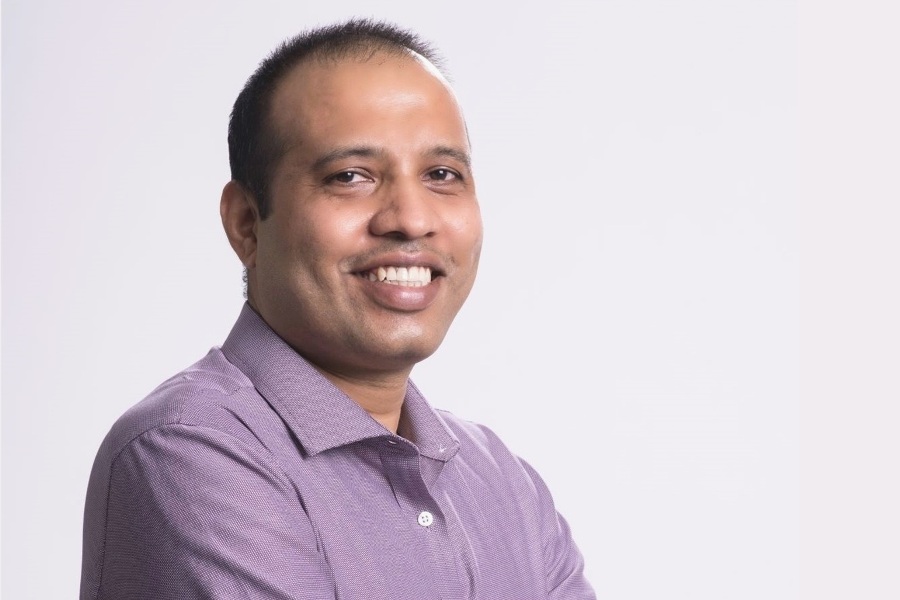
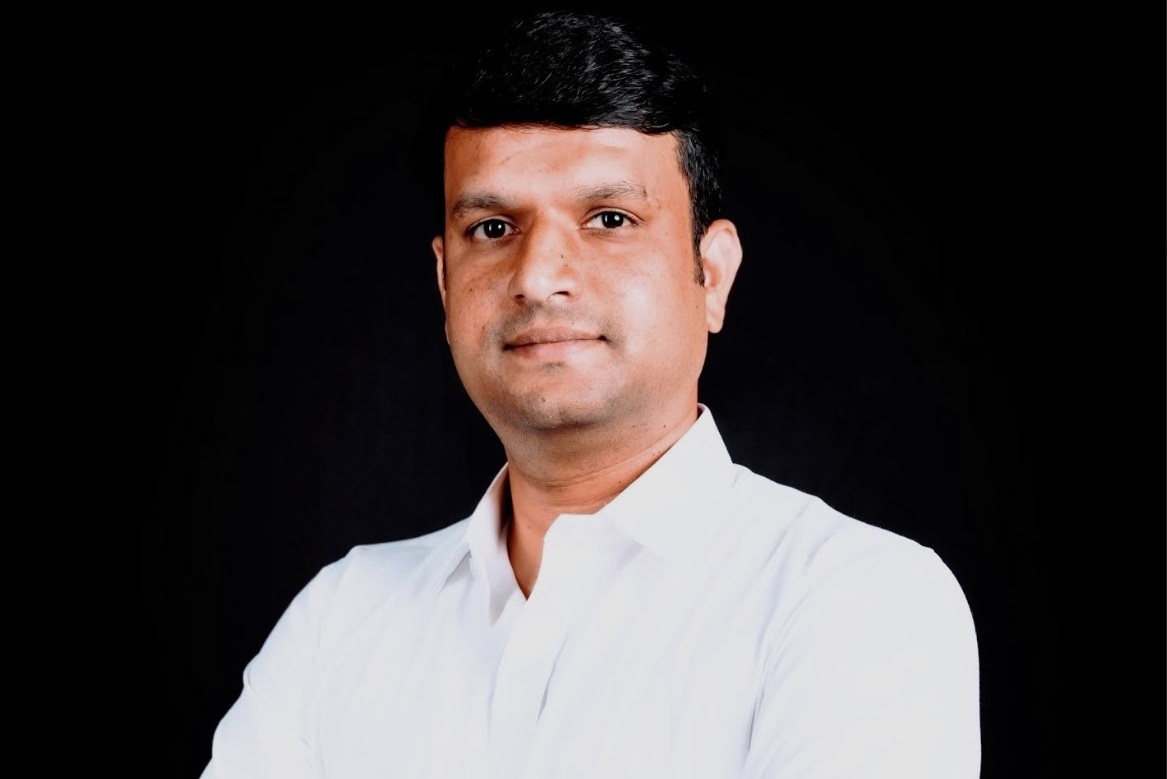

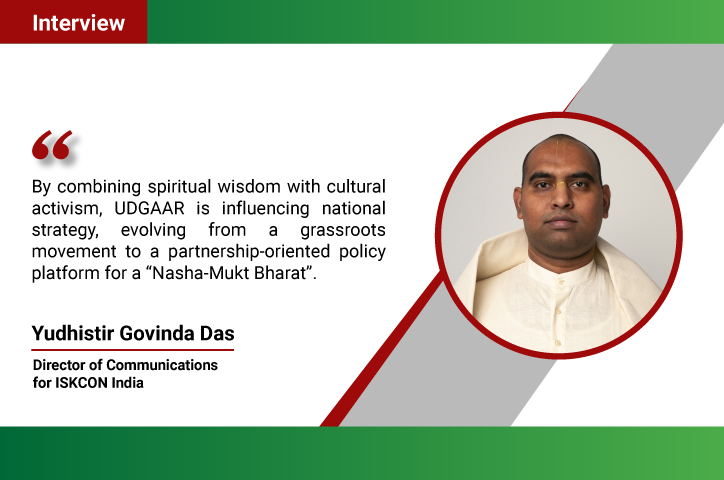

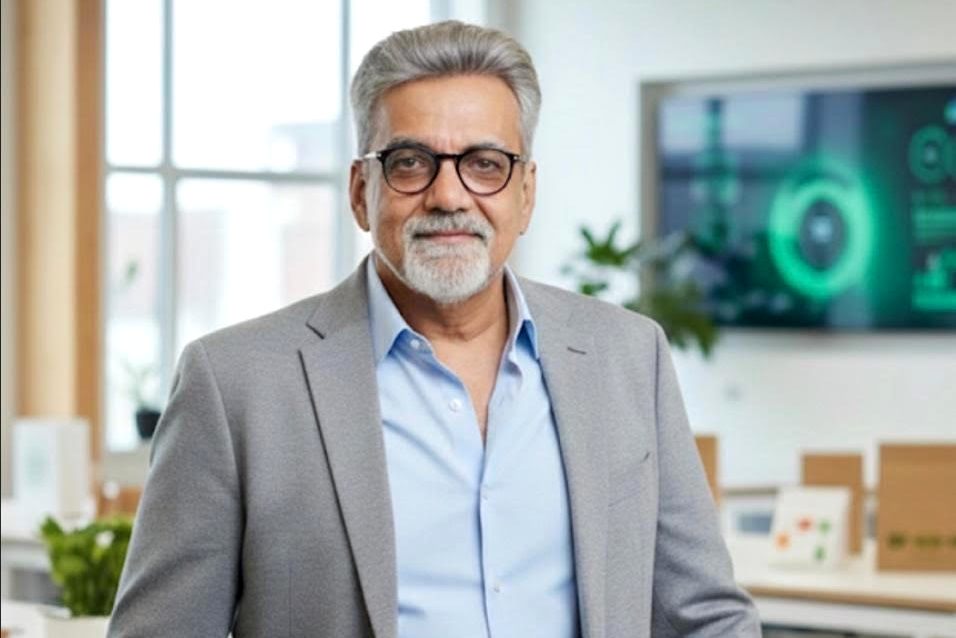


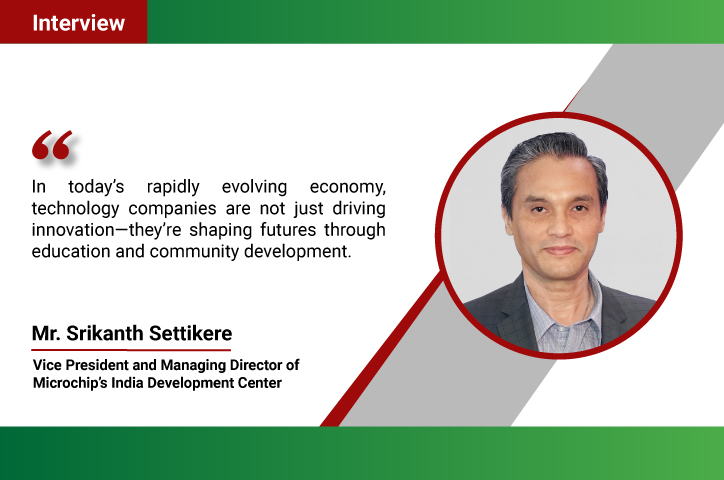
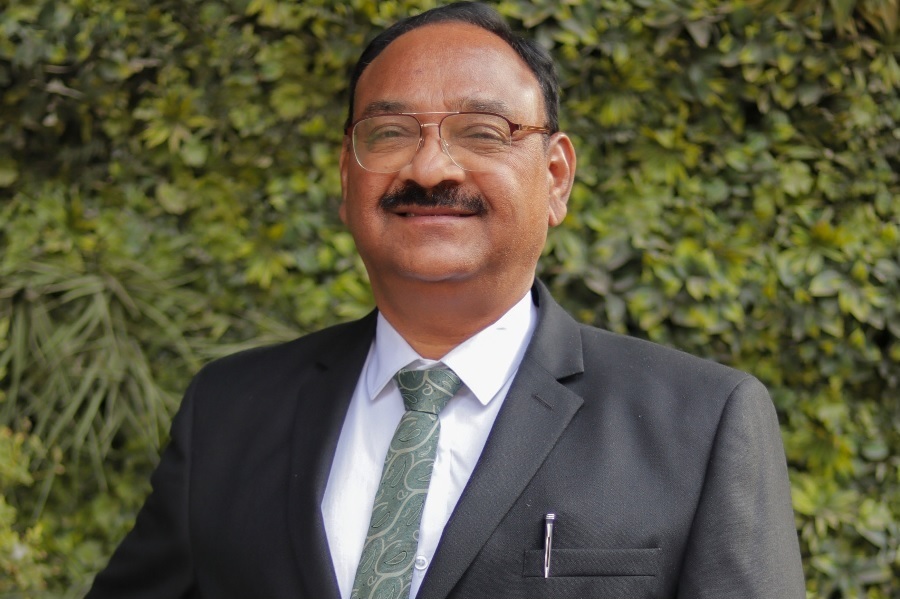
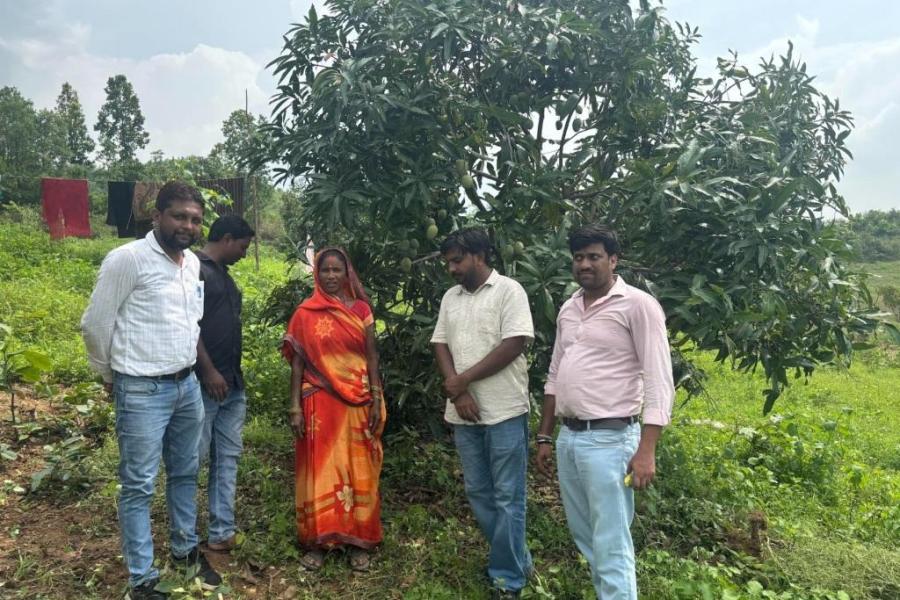


.jpg)




